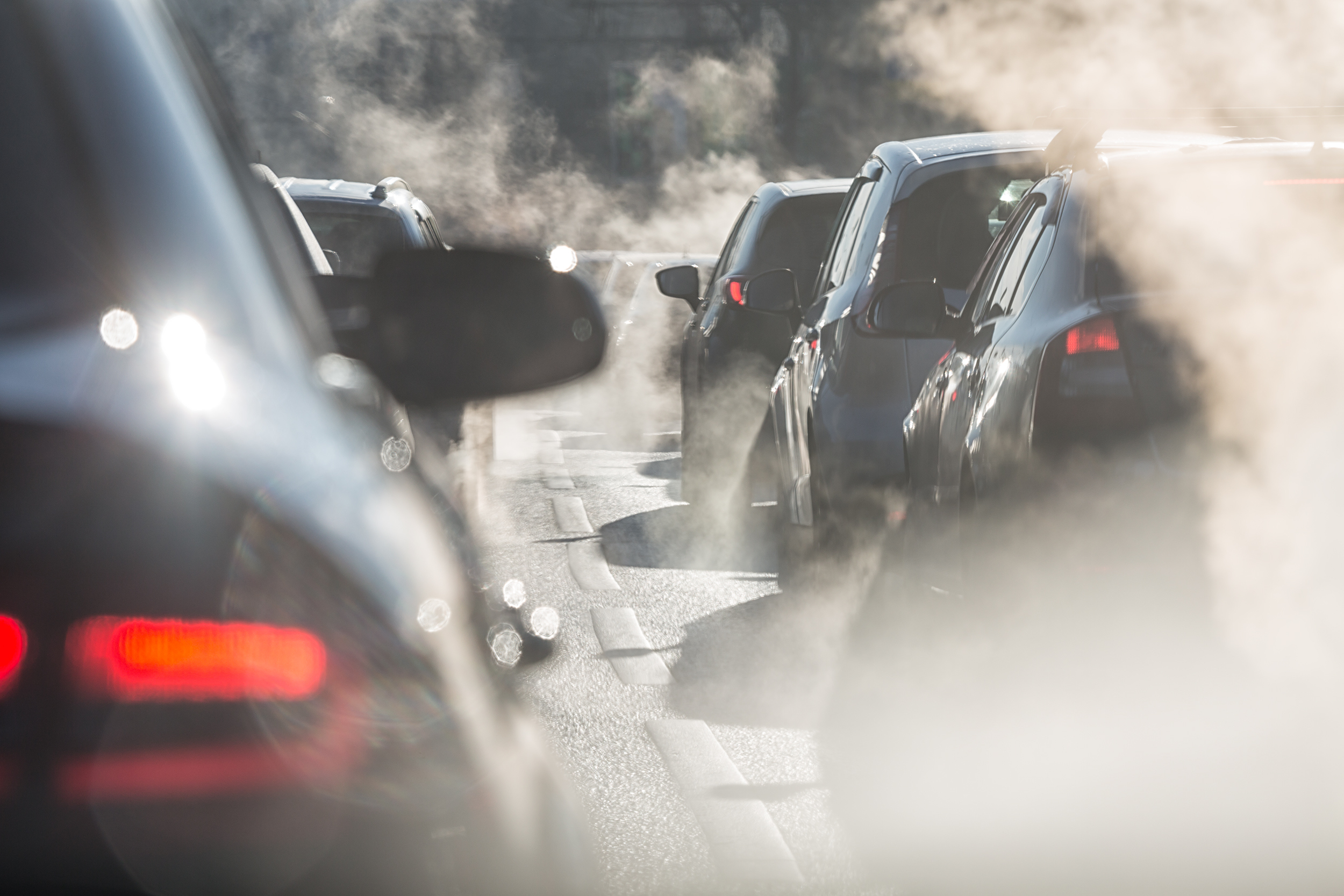The Australian Automobile Association (AAA) has unveiled fresh results from its Real-World Testing (RWT) Program, revealing a stark contrast between lab-reported and actual on-road fuel consumption and emissions. The findings indicate that some vehicles consume up to 31% more fuel than manufacturers report and that certain models surpass Australian emissions limits.
Key Findings from Round 4
Published on 14 August 2024, this latest round of results includes data from small, medium, and large SUVs, as well as utes and people movers.
Small SUVs: The Toyota Corolla Cross Hybrid consumed 7 per cent more fuel in real-world conditions compared to what was reported in the lab, with a consumption of 4.2L/100km on the road versus 4.5L/100km in the lab. In contrast, the Volkswagen T-Roc 2023 achieved a slight improvement, using 1 per cent less fuel on the road than in the lab.
Medium SUVs: The Hyundai Tucson 2023 and Kia Sportage 2023 both demonstrated better fuel efficiency in real-world testing, with reductions of 3 per cent and 1 per cent respectively. However, the Mercedes-Benz GLC-Class 2023 used 3 per cent more fuel, consuming 7.9L/100km on the road.
Large SUVs: The Toyota Kluger petrol 2023 model also showed a 2 per cent increase in fuel consumption during real-world testing. On the other hand, the hybrid version of the Toyota Kluger 2023 performed better on the road, with a 4 per cent reduction in fuel use.
Utes: The results for diesel-powered utes raised significant concerns. Both the Ford Ranger 4×4 2024 and Isuzu Ute D-Max 4×2 2023 exceeded Australian NOx emissions limits. The Isuzu Ute D-Max 4×2 2023, in particular, emitted NOx at 441 mg/km, far exceeding the lab-tested limit.
People Movers: The Kia Carnival 2023 and Kia Sorento 2023 both recorded higher fuel consumption in real-world testing. The Sorento also surpassed lab limits for NOx emissions, raising potential concerns for buyers.
‘Concerning’ Results
AAA Managing Director Michael Bradley expressed his concerns about these findings, highlighting their impact on consumers. “These results reveal that while some vehicles perform as expected, others use more fuel and produce more emissions than drivers might anticipate based on lab tests. This can lead to higher running costs and a larger environmental footprint,” Bradley said.
“We believe that real-world testing results should be available to consumers at the point of sale,” Bradley added. “This would help buyers make more informed decisions and encourage manufacturers to ensure their vehicles meet the expectations set by lab tests.”
Using real-world test results can be a game changer for budgeting your fleet’s fuel costs and understanding your fleet’s emissions. By having accurate data, fleet managers can make more informed decisions, leading to better cost control and environmental management.
The RWT Program, funded by a $14 million investment from the Commonwealth Government, began in response to the 2015 Volkswagen emissions scandal. It aims to test up to 200 vehicles over four years, including electric vehicles (EVs), under real-world conditions to provide consumers with accurate and reliable information.
For the full list of test results and more details about the program, visit www.realworld.org.au.
Did you find this article interesting? Click the ‘heart’ button above to give it a ‘like’!



















